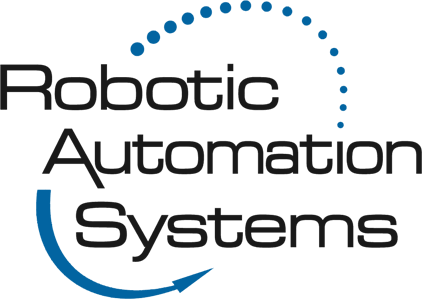What is a Work Envelope?
Without industrial robots, the manufacturing process would look vastly different. These machines perform automated tasks deemed too repetitive, hazardous, or strenuous for humans to perform safely. Today’s robots are an integral part of numerous automation applications, including welding, assembly, robotic surgery, pick-and-place tasks, plastic injection molding, and much more.
As you search for the right industrial robot for the job, it’s critical to understand the machine’s work envelope. After all, different work envelopes suit unique environments and tasks.
What is a Work Envelope?
An industrial robot’s work envelope is the range of motion achieved by the robot manipulator. The shape and volume of the work envelope are determined by the robot arm’s length and what type of joints it possesses. Each joint contributes its own range of motion, whether in a linear movement along one or two axes or a rotary or revolutionary movement in three-dimensional space. As a result, work envelope shapes may be rectangular, cubic, cylindrical, polar, or revolute, among others.
A work envelope is generally defined as how far the robot arm’s end-effector mounting plate can reach vertically, horizontally, and backward. The dimensions do not include the additional reach granted by tools attached to the robot wrist. Any unreachable area beyond the work envelope is referred to as a dead zone.
Why Does the Work Envelope Matter?
A robot’s work envelope is a critical consideration because it defines the space in which the robot can operate. You want to select a robot that can cover the work area required and perform the tasks you have in mind.
For instance, do you need a robot that can handle large components? If so, you need a large-scale machine with a longer manipulator. On the other hand, your operation may require tasks in a contained space involving tiny objects. This calls for a more diminutive robot able to work with greater dexterity.
Keep in mind that 6-axis robots offer the most complex range of motion of any industrial robot. This makes them a popular choice for manufacturing automation across various industries.
How to Expand a Robot’s Work Envelope
For applications involving extremely long or large parts, you have a few options for expanding the work envelope:
- Install a rail system that allows robots to slide along a track.
- Choose gantry robots, which come mounted to an overhead rail system to facilitate large rectangular or cubic work envelopes.
- Opt for extended-reach robots or add extensions to your robots’ arms to create a wider work envelope.
Now that you recognize the importance of work envelopes, you may better understand what industrial robots you need for your plastic injection molding business. Robotic Automation Systems offers a complete range of industrial robots for you to choose from. Our facility is centrally located near Madison, Wisconsin, enabling us to serve businesses nationwide. Contact us at (608) 849-0880 with any questions you have. We are happy to help you select industrial robots that will grant you a competitive advantage in the plastics industry!
